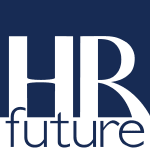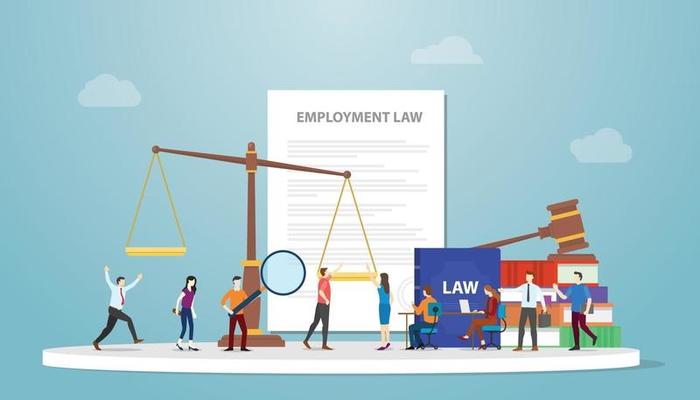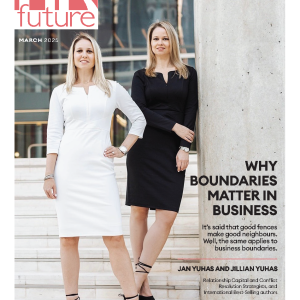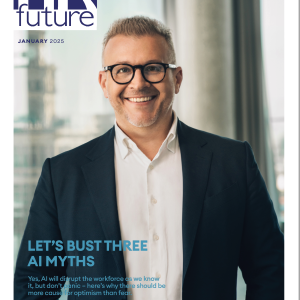Retirement planning doesn’t always sit at the top of a busy HR professional’s priority list. Yet, navigating the stages of a long and often demanding career without a solid plan can leave serious gaps down the road. From early-career ambitions to late-career transitions, understanding how to build, manage, and eventually draw from retirement resources is more than a good habit — it’s a necessity. HR professionals often focus on other people’s futures, but crafting a strategy for your own is just as important.
Whether you’re years away from retirement or beginning to think about when to leave the workforce, this guide walks through practical ways to approach retirement planning at different career stages. By breaking it down into manageable sections, it’s easier to build confidence, spot missed opportunities, and make informed decisions that align with evolving financial and lifestyle goals.
Working with Professionals to Shape a Strong Financial Foundation
From the first job in HR to the final leadership role before retirement, professional guidance can sharpen retirement outcomes. Financial advisors who understand the distinct career patterns and benefits structures that HR professionals experience can tailor strategies to fit the individual. Advice in areas like salary packaging, superannuation contributions, and risk management often becomes more valuable over time. The need for skilled guidance becomes especially apparent when evaluating more complex options like self-managed super funds. Those based in New South Wales might look into investment strategy advice for SMSFs in Sydney, particularly if they’re managing higher balances or exploring more diverse asset classes. Advisors who specialise in this area can help align super investments with personal risk tolerance and retirement timelines.
Building a Retirement Blueprint in Your 20s and 30s
The early stages of an HR career are often focused on gaining experience, progressing in roles, and managing the steep learning curve of workplace dynamics. Retirement feels far away, which makes it easy to put long-term planning on the back burner. Yet, these years offer the best opportunity to take advantage of compounding returns.
Setting up salary sacrifice arrangements into super can have a noticeable impact over time. Even small, regular contributions during this stage help reduce taxes and grow savings. Looking beyond the default super fund to one that aligns with personal values or delivers better historical returns can also make a difference. Comparing fees, insurance options, and investment performance early on helps avoid costly inertia.
Many in this age group are also juggling HECS-HELP repayments, saving for a home, or starting families, so the goal isn’t perfection. It’s consistent. Even modest contributions to a super or a managed fund can provide long-term benefits. Financial habits built in this stage often carry forward, making future planning less stressful.
Taking Control in the Mid-Career Years
In the 40s and early 50s, HR professionals often hit their stride. This period brings higher income potential, expanded responsibilities, and more clarity about retirement goals. At the same time, it can introduce new financial stressors — private school fees, aged care responsibilities for parents, or changes in relationship status.
This is the time to do a detailed check-in with your retirement plan. Are super contributions keeping pace with income? Is the current investment mix still appropriate, or has your risk profile shifted? Some may choose to make catch-up contributions, especially if they took time off earlier in their career for caregiving or study. Others may begin exploring property or share investments outside of super to diversify income sources.
Navigating the Transition Toward Retirement
As retirement comes into view, the priorities change. Conversations shift from accumulation to drawdown. HR professionals approaching their late 50s and 60s often start thinking about the age they’d like to stop working, what lifestyle they want in retirement, and how their finances can support that transition.
This is the stage for fine-tuning. Reducing debt, building a cash buffer, and reassessing spending habits all contribute to a smoother move into retirement. If working part-time or consulting is part of the plan, now’s the time to explore how this impacts super contributions and tax.
Planning for Longevity and Lifestyle Goals
Retirement is not just a financial event — it’s a lifestyle shift. HR professionals often retire with a deep sense of identity tied to their roles, which can make the change more personal than expected. Planning should reflect not just how much money is needed, but what kind of life is being built.
That might mean budgeting for regular travel, supporting grandchildren’s education, or donating to causes that matter. It may also include planning for healthcare costs, aged care, or downsizing to a home that better suits changing needs. Financial plans must reflect these lifestyle ambitions realistically and flexibly.
Retirement planning for HR professionals is never a one-size-fits-all process. It evolves across career stages, shaped by earnings, personal circumstances, and life goals. Whether you’re just entering the profession or counting down the months to retirement, thoughtful planning brings clarity, confidence, and a stronger sense of control over the future.
Allen Brown is a dad of 3 kids and is a keen writer covering a range of topics such as Internet marketing, SEO and more! When not writing, he’s found behind a drum kit.




























